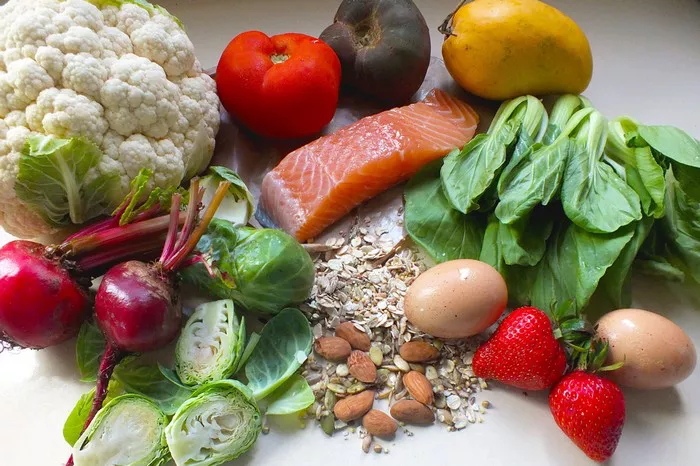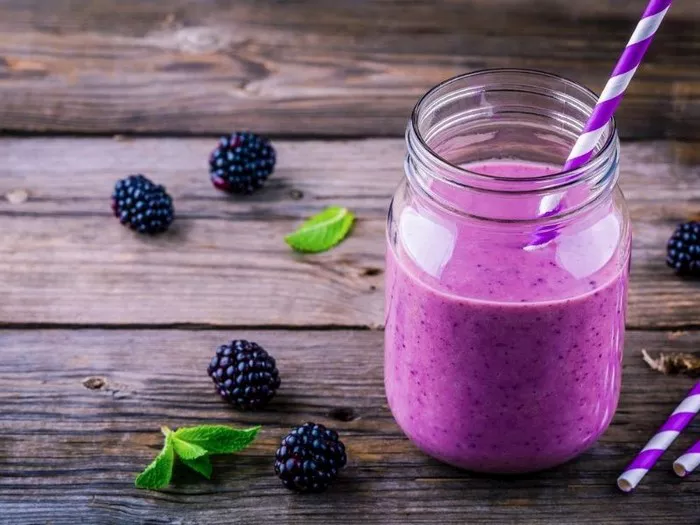Hypertension, or high blood pressure, is a prevalent and serious health condition that affects millions of people worldwide. It significantly increases the risk of heart disease, stroke, kidney problems, and other life-threatening ailments. While medication is often necessary to manage hypertension, lifestyle modifications, particularly dietary changes, play a crucial role in both preventing and controlling this condition. One such dietary approach that has gained significant recognition and scientific support is the Dietary Approaches to Stop Hypertension (DASH) diet. In this comprehensive essay, we’ll explore in-depth what the DASH diet is, its origins, the principles it’s based on, its specific food recommendations, how it impacts blood pressure, and how it can be integrated into daily life for long-term health benefits.
Origins and Development of the DASH Diet
Research Background: The DASH diet was developed through rigorous scientific research sponsored by the National Heart, Lung, and Blood Institute (NHLBI). The initial studies were designed to identify dietary patterns that could effectively lower blood pressure. Researchers conducted clinical trials involving thousands of participants with varying levels of blood pressure, including both those with prehypertension and established hypertension. These trials compared different dietary regimens to observe their effects on blood pressure over a specific period.
The First DASH Study: The landmark DASH study was published in 1997. In this study, participants were divided into three groups. One group followed a typical American diet, which was high in saturated fats, cholesterol, and sodium and relatively low in fruits, vegetables, and whole grains. The second group consumed a diet rich in fruits and vegetables but similar to the typical American diet in other aspects. The third group adhered to the DASH diet, which emphasized a higher intake of fruits, vegetables, whole grains, low-fat dairy products, and lean proteins while being low in saturated fats, cholesterol, and sodium.
The results were remarkable. After just eight weeks, the group following the DASH diet experienced significant reductions in both systolic (the top number in a blood pressure reading) and diastolic (the bottom number) blood pressure. On average, systolic blood pressure dropped by about 5.5 mmHg and diastolic blood pressure by about 3.0 mmHg compared to the group on the typical American diet. This was a clear indication that dietary changes alone could have a substantial impact on blood pressure levels.
Expansion and Refinement of the DASH Diet
Subsequent studies further explored the DASH diet’s potential and refined its recommendations. For example, the DASH-Sodium study investigated the combined effects of the DASH diet and different levels of sodium intake. It found that when the DASH diet was paired with a lower sodium intake, the blood pressure-lowering effects were even more pronounced. These studies provided a more comprehensive understanding of how the DASH diet works and how it can be optimized for maximum benefit in managing hypertension.
Principles of the DASH Diet
Emphasis on Nutrient-Rich Foods: The DASH diet is centered around consuming foods that are rich in essential nutrients while being relatively low in substances that can contribute to high blood pressure, such as saturated fats, cholesterol, and sodium. It encourages a diet that is abundant in vitamins, minerals, fiber, and healthy fats. By focusing on nutrient-dense options, the body receives the necessary building blocks for optimal health, including maintaining healthy blood vessels and proper fluid balance, which are crucial for regulating blood pressure.
Balanced Macronutrient Intake
Carbohydrates: The DASH diet promotes the consumption of complex carbohydrates, mainly from whole grains, fruits, and vegetables. These provide a steady source of energy and are rich in fiber, which helps with digestion and can also have a positive impact on blood sugar levels and cholesterol. For example, whole wheat bread, brown rice, and oats are preferred over refined grains like white bread and white rice. Complex carbohydrates take longer to digest, resulting in a slower release of glucose into the bloodstream, preventing sharp spikes in blood sugar that can indirectly affect blood pressure.
Proteins: Lean proteins are an integral part of the DASH diet. Sources include skinless chicken breast, fish (such as salmon, tuna, and trout), beans, lentils, and low-fat dairy products like skim milk and Greek yogurt. These proteins provide the necessary amino acids for building and repairing tissues without adding excessive saturated fats.
Adequate Potassium, Calcium, and Magnesium Intake
Potassium: Potassium is a mineral that plays a vital role in counteracting the effects of sodium in the body. It helps maintain proper fluid balance in the blood vessels and promotes healthy muscle and nerve function. The DASH diet encourages consuming potassium-rich foods like bananas, oranges, potatoes, tomatoes, and leafy green vegetables. For example, a medium-sized banana contains about 400 milligrams of potassium. Adequate potassium intake helps the body excrete excess sodium, reducing the strain on blood vessels and lowering blood pressure.
Calcium: Calcium is essential for maintaining strong bones and teeth, but it also has a role in blood pressure regulation. Low-fat dairy products like milk, cheese, and yogurt are good sources of calcium in the DASH diet. Additionally, for those who are lactose-intolerant or follow a vegan diet, there are alternative sources such as leafy green vegetables (e.g., kale, spinach), fortified plant-based milks, and calcium-set tofu. Ensuring sufficient calcium intake helps support normal blood vessel function and can contribute to lowering blood pressure.
Conclusion
In conclusion, the DASH diet, or Dietary Approaches to Stop Hypertension, is a nutritionally balanced and scientifically proven approach to managing and reducing high blood pressure. Originating from a large-scale hypertension prevention study in the United States, the DASH diet emphasizes the consumption of a wide variety of fruits, vegetables, low-fat dairy products, whole grains, nuts, and lean proteins, while limiting the intake of red meat, saturated fats, refined sugars, and sodium. This dietary pattern is rich in essential minerals such as potassium, magnesium, and calcium, as well as dietary fiber, healthy fats, and high-quality protein, all of which contribute to lowering blood pressure and improving overall cardiovascular health.
Related Topics:






















